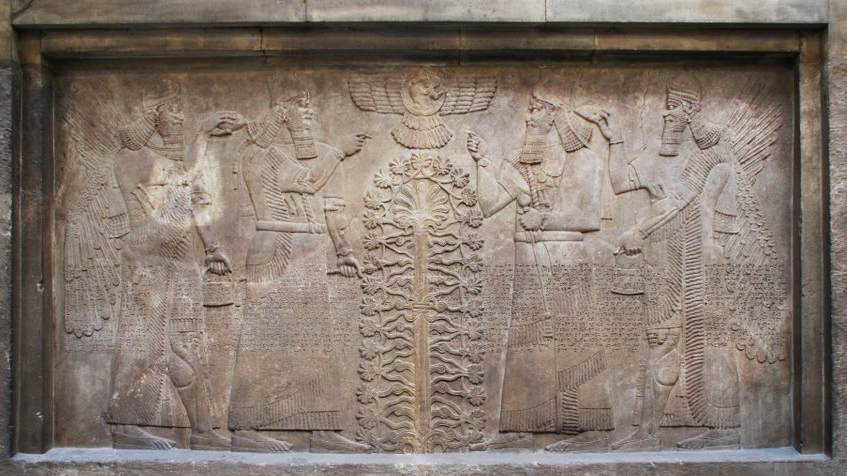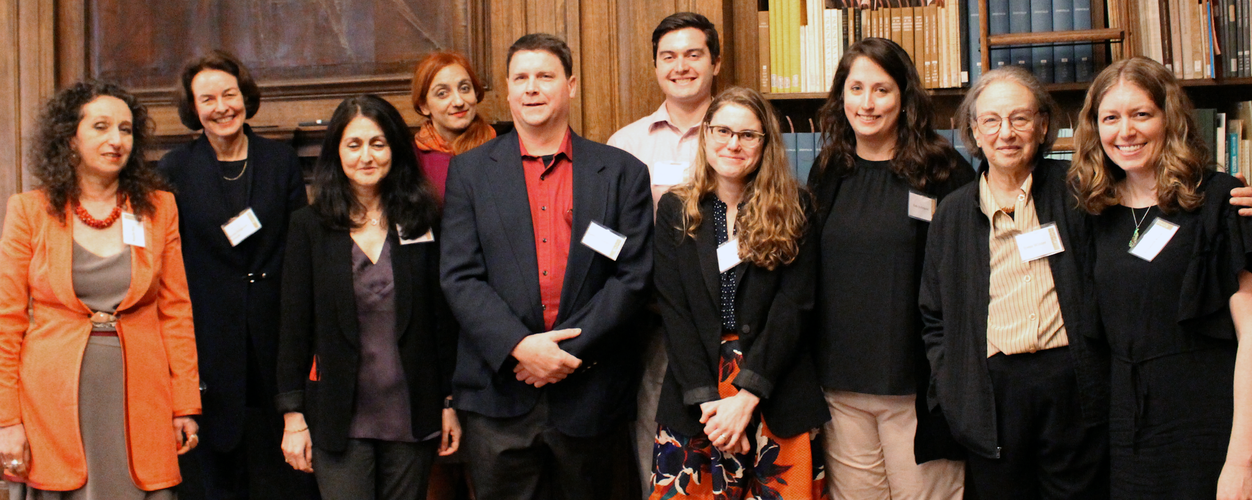Text and Image, April 27, 2018
A conference organized by Beate Pongratz-Leisten, Professor of Ancient Near Eastern Studies
This article first appeared in ISAW Newsletter 21 (Spring 2018).
Together with my students, this semester I explored the dynamics between text and image on objects and monuments from Mesopotamia. Our research culminated in a workshop entitled "Text and Image: Transmedial Inquiries into Ancient Near Eastern Cultures." Image and language, icon and discourse are disjunctive symbolic systems, and each medium might have its own agenda and so might act interdependently and in a complementary way rather than illustrate each other. Moreover, such intermediality of text and image might be referential with the particular allocation of text on the image or the depiction of a particular element such as a pectoral alluding to another medium, either myth or ritual, discussed in the opening talk by myself.

Irene Winter elaborated on the theme of Text on/in/as Image emphasizing the aspect of writing as validating the image and by its mere placement changing the environment and interacting with the beholder beyond communication. Zainab Bahrani took a small Elamite chalcedony pebble showing a seated man with his daughter in front of him holding the same pebble as a case study and discussed the dialectical and interdependent relationship of text and image with the pebble in the image acting as a metapicture and so referencing the representation. Karen Sonik discussed oral and written mythological traditions along with the pictorial repertoire as the different building blocks of cultural memory with the image activating memories of more extensive narratives. Matthew Waters addressed the transcultural perspectives of text and image discussing the adaptation of Assyrian tropes to shape the image of the "divine king" in the verbal and the pictorial repertoire of the Old Persian kings. Natalie May focused on the aspect of drawing being part of the scholarly training by pointing to the fact that archaic cuneiform started out as drawing and drawings were combined with text on school tablets from the archaic period onwards. Each speaker contributed in an insightful and thought-provoking way to the conference.
